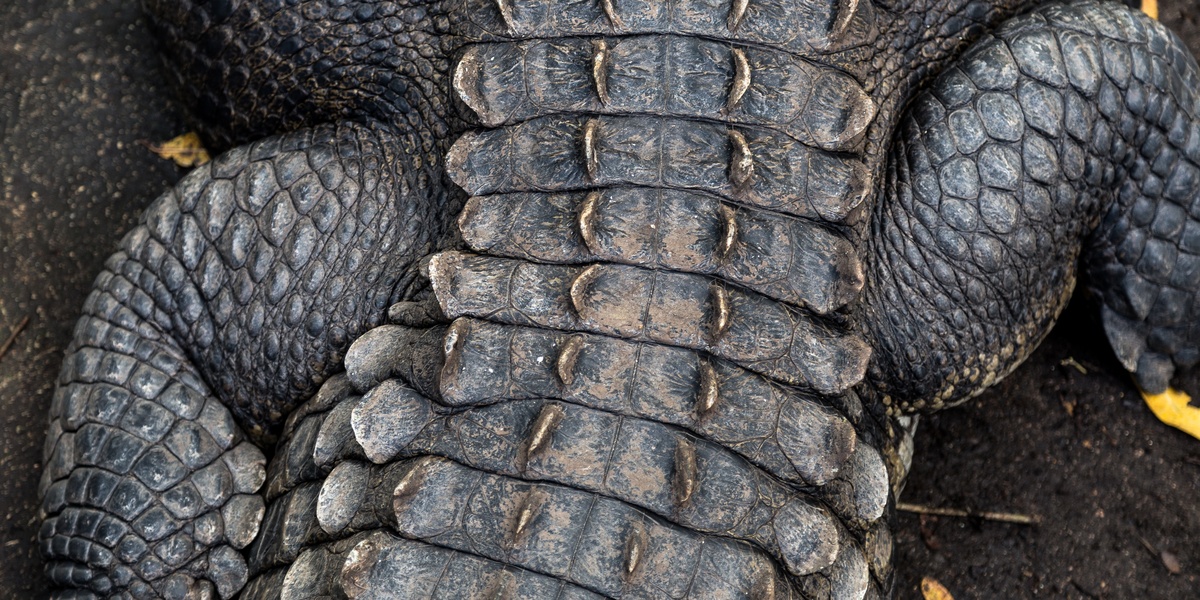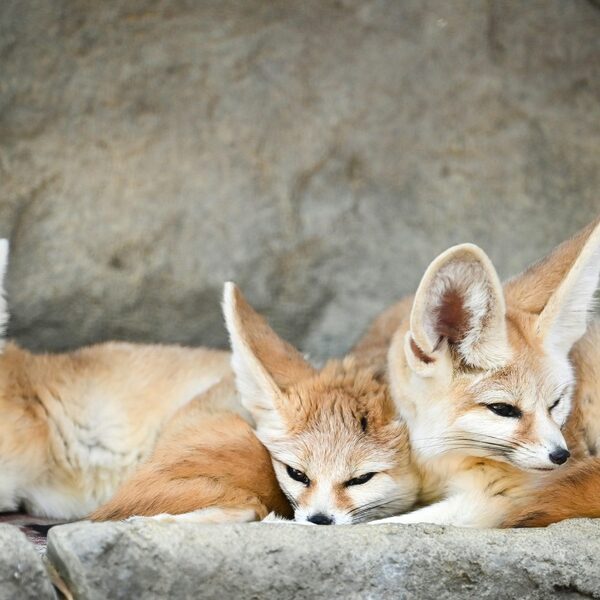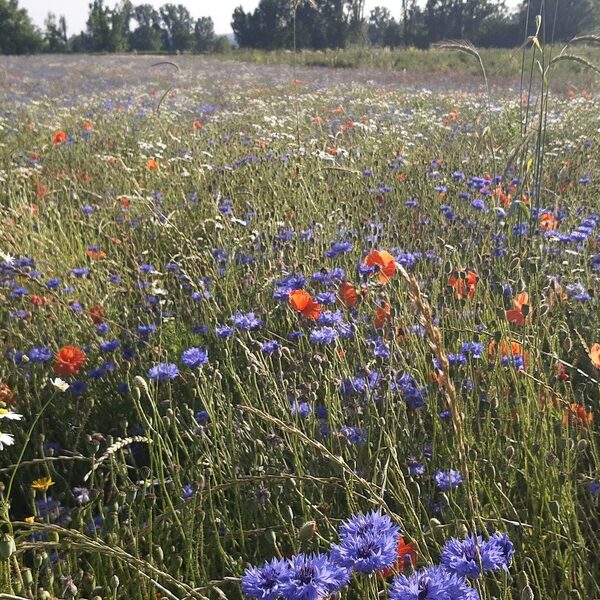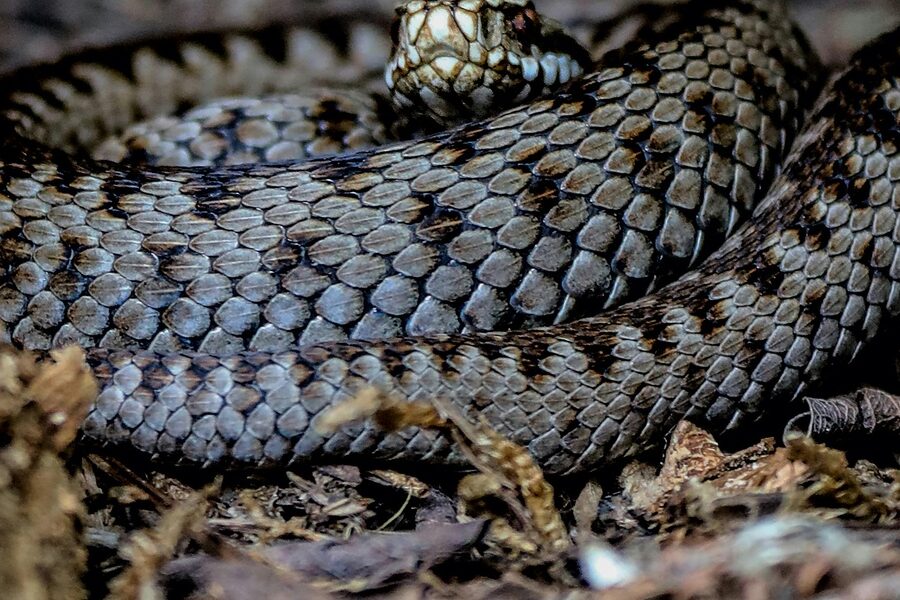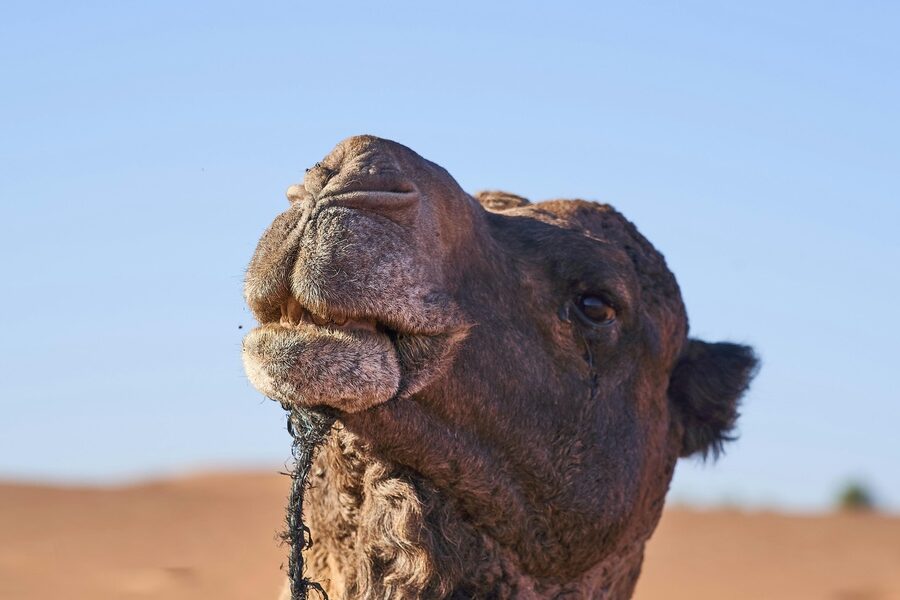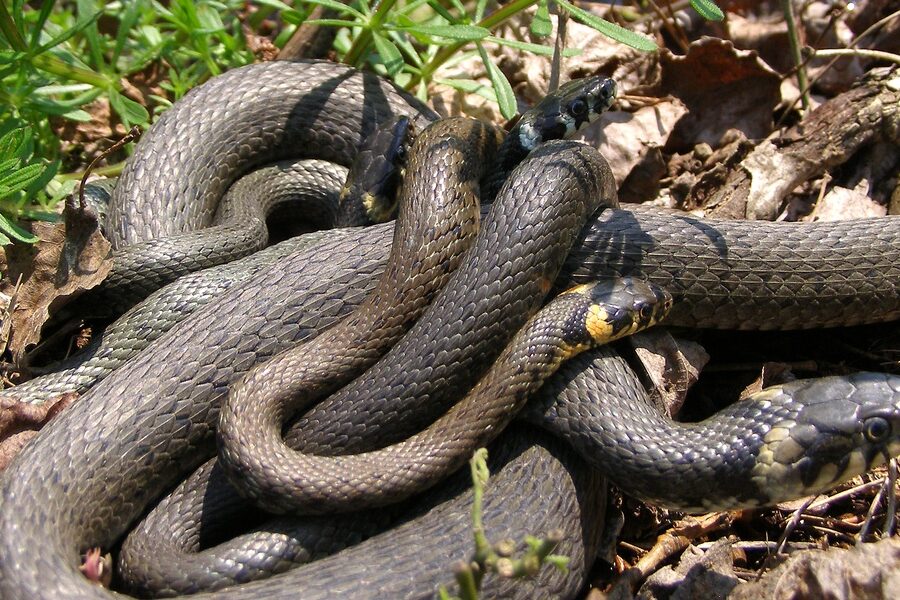The vast, sun-scorched expanses of deserts might seem like the last place to find a creature typically associated with rivers and swamps. Yet, life in these arid environments constantly surprises us with its resilience and remarkable adaptations, pushing the boundaries of where certain species can thrive.
This post delves into the surprising world of Desert Crocodiles, presenting 8 distinct entries that span from the intriguing survival strategy of Aestivation to the specific West African Crocodile. For each, you’ll find detailed information organized by its Scientific Name, Primary Habitat, and Relevance to Desert Environments, all presented in the list below.
How do crocodiles manage to survive in harsh desert environments?
Desert crocodiles employ several clever adaptations to cope with extreme heat and scarce water. Many burrow into the mud or sand, entering a dormant state known as aestivation during the driest, hottest periods, similar to hibernation. They also become more nocturnal, hunting and moving during cooler nights, and often rely on ephemeral water sources or oases to persist.
Are “desert crocodiles” a unique species, or just crocodiles living in deserts?
While some “desert crocodiles” may be distinct subspecies or populations with unique genetic markers and adaptations, often the term refers to species that are widely distributed but have populations that have successfully adapted to arid and semi-arid regions. Their ability to survive in these challenging landscapes highlights their incredible adaptability rather than necessarily being an entirely separate species.
Desert Crocodiles
| Name | Scientific Name | Primary Habitat | Relevance to Desert Environments |
|---|---|---|---|
| The “Desert Crocodile” Myth | N/A | Popular Culture and Misconceptions | Addresses the core idea of crocodiles living in sandy, waterless deserts. |
| West African Crocodile | *Crocodylus suchus* | West and Central Africa | The primary species known for surviving in relict populations within the Sahara Desert. |
| Saharan Relict Crocodiles | *Crocodylus suchus* | Gueltas of Chad and Mauritania | These are specific, famous populations that exemplify survival in an extreme desert landscape. |
| Mugger Crocodile | *Crocodylus palustris* | Indian subcontinent, Iran, Pakistan | A master of surviving drought in the arid and semi-arid regions of Southern Asia. |
| Nile Crocodile | *Crocodylus niloticus* | Sub-Saharan Africa, Nile Basin | Its range extends into semi-arid regions, but it requires more substantial water sources. |
| Australian Freshwater Crocodile | *Crocodylus johnstoni* | Northern Australia | Inhabits inland rivers in semi-arid regions that experience extreme seasonal drying. |
| Prehistoric Saharan Crocodiles | *Sarcosuchus imperator*, etc. | Ancient North Africa (approx. 110 million years ago) | Fossil evidence shows that giant crocodilians lived when the Sahara was a lush swamp. |
| Aestivation (Survival Strategy) | N/A | Behavioral adaptation | The key physiological process that allows crocodilians to survive drought. |
Images and Descriptions
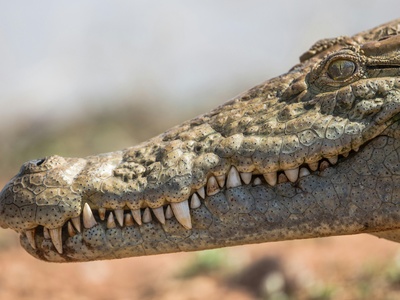
The “Desert Crocodile” Myth
Contrary to movie imagery, no crocodile can live in a dry, sandy desert like a camel. Crocodiles are semi-aquatic and must have access to water. The term “desert crocodile” refers to remarkable species that have adapted to survive in arid regions by living in isolated oases, seasonal rivers, or rock pools.
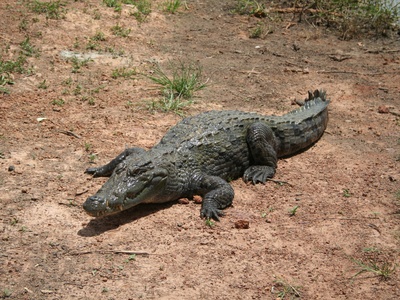
West African Crocodile
This is the species most people mean when they talk about “desert crocodiles.” While most live in savannas, small, isolated groups have survived for thousands of years in Saharan oases. They are genetically distinct from the Nile Crocodile and are uniquely adapted to handle extreme heat and water scarcity.
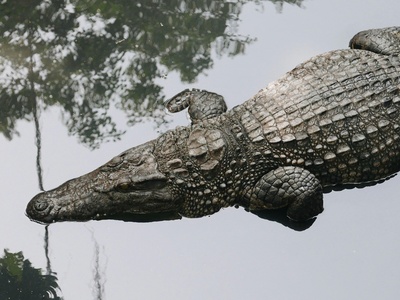
Saharan Relict Crocodiles
These are not a distinct species, but rather remnant populations of West African Crocodiles that were trapped as the Sahara dried up over 5,000 years ago. They live in permanent rock pools called gueltas, surviving the dry season by entering a dormant state (aestivation) and feeding on fish or animals that come to drink.
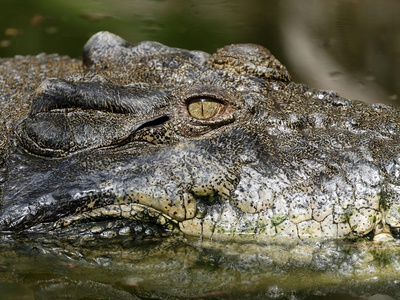
Mugger Crocodile
The Mugger is incredibly resilient. When its waterhole dries up, it can travel miles over land to find a new one or dig a deep burrow in the mud to wait out the drought. This burrowing behavior allows it to thrive in regions with harsh, seasonal climates.
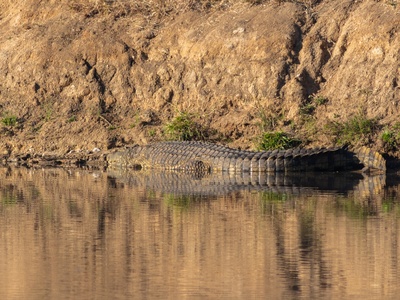
Nile Crocodile
While the iconic crocodile of Africa’s great rivers, the Nile Crocodile’s territory does include drier landscapes. However, unlike its West African cousin, it depends on larger, more permanent rivers and lakes and is less adapted to tiny, isolated oases.
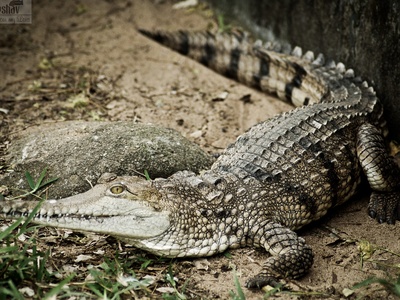
Australian Freshwater Crocodile
Known locally as a “freshie,” this smaller crocodile is built for Australia’s “boom and bust” water cycle. During the long dry season, rivers shrink to a few isolated deep pools (billabongs), where the crocodiles congregate and conserve energy until the wet season returns.
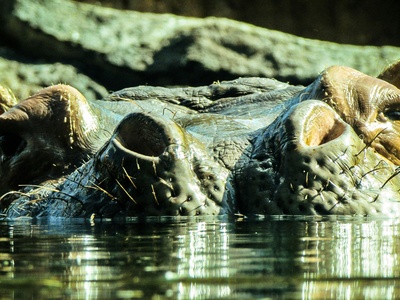
Prehistoric Saharan Crocodiles
The discovery of fossils from enormous crocs like the 40-foot “SuperCroc” in the Sahara doesn’t mean they were desert animals. It proves the opposite: that the Sahara was once a vast network of rivers and swamps teeming with life, highlighting how drastically climates can change over time.
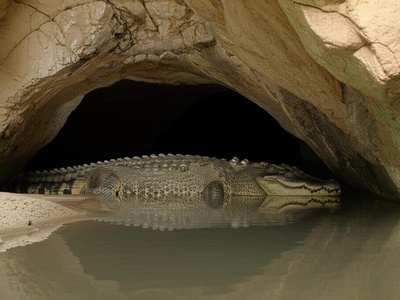
Aestivation (Survival Strategy)
Aestivation is a state of dormancy, or “summer sleep,” used by animals to survive heat and lack of water. Crocodiles in arid regions will dig burrows or find cool caves, slow their heart rate and metabolism to near zero, and wait for months until the rains return. It’s their ultimate survival hack.
